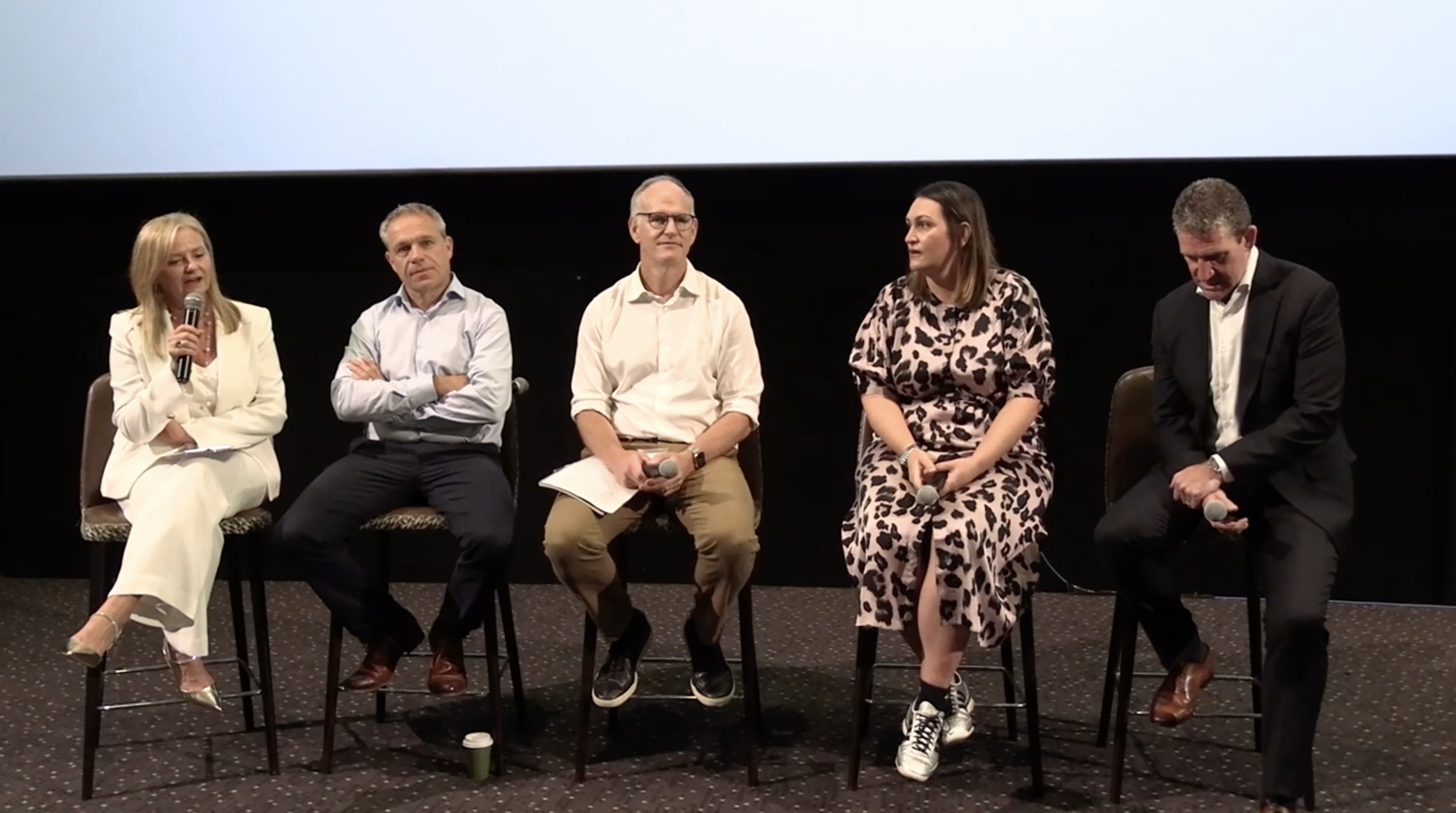The Indie-Pendence Day conference saw some of Australia’s top media executives discussing the key media consumption trends shaping 2025. With shifts in audience behaviour, the decline of traditional search and social referrals, and the growing role of AI, industry leaders shared insights into what the future holds.
A tale of two extremes: Hard news vs. escapism
Nine CEO Matt Stanton highlighted the growing polarisation in audience content consumption. On one hand, there is an increasing appetite for long-form journalism, driven by geopolitical tensions and the global news cycle.
“People are engaging more with investigative content,” Stanton observed. “There’s a deeper interest in news, especially around politics and international events.”
Conversely, escapism is on the rise, with reality TV continuing to dominate. Married at First Sight is a prime example, drawing massive audiences who crave entertainment and relief from the heaviness of current events.
“MAFS is a juggernaut,” Stanton said. “It’s dominating engagement metrics, reinforcing that people want both information and distraction.”
The decline of search and social referrals
News Corp’s Michael Miller pointed out a significant challenge facing publishers: the decline in search and social referrals.
“This isn’t just about media companies, this is affecting all businesses,” Miller said. “Meta, Alphabet, Amazon, and Apple are creating ‘walled gardens’ that are harder to break into.”
He warned that we may be heading toward a “Search Zero” future, where traditional pathways for content discovery are increasingly closed off. For indie agencies, this means investing in direct audience engagement and first-party data strategies.
The AI factor: Efficiency vs. authenticity
AI is becoming more embedded in media businesses, but leaders say it’s still not the game-changer for efficiency, at least not yet. Stanton noted that while AI is helping with content syndication across platforms, strategic implementation is still in progress.
Mamamia’s Harvey shared how AI is driving efficiencies in Australia’s largest independent women’s media group. “We’ve built our own AI model, ‘May,’ which assists with research, fact-checking, and podcast prep. It’s saving our team hours each week,” she said. However, she cautioned that AI has limitations. “It’s useful, but we still need human oversight to ensure accuracy and authenticity.”
The power of local media
ARN’s Davis emphasised that local media remains a crucial part of the industry. He shared a story of how a local radio station quickly mobilised community support for a struggling family in Ballarat.
“This is something global platforms can’t do,” Davis said. “Local media has an immediacy and emotional connection that algorithms can’t replicate.”
In 2025, the media game will be all about keeping up with shifting audience habits, navigating platform restrictions, and finding the sweet spot between AI-powered efficiency and human creativity.
As Miller summarised, “The best marketers and agencies are the ones building long-term campaigns, not just chasing short-term hits. Understanding audience behaviour in this new era is going to be crucial.”
With audiences seeking both deep engagement and light entertainment, the challenge for media companies and advertisers will be to strike the right balance in their content and marketing plans.
